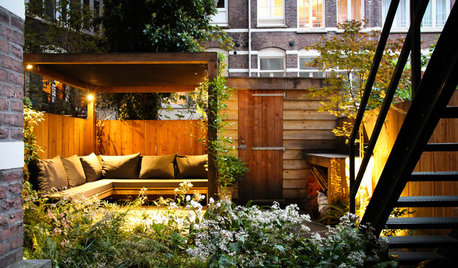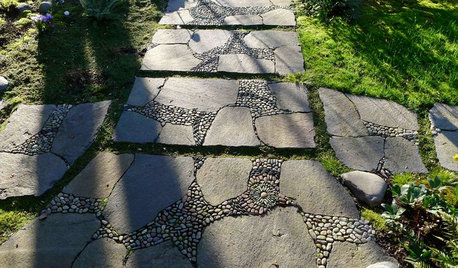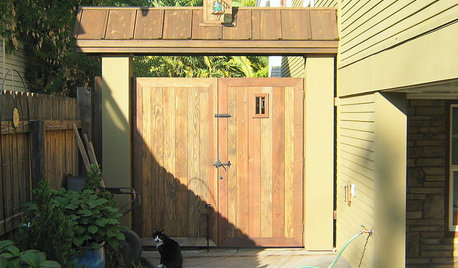bringing Camellia back to life
southerncrossag
17 years ago
Related Stories

DECORATING GUIDESRoom of the Day: A Spacious Porch Brings Family Life Outside
This Georgia back porch, decorated in neutrals and a mix of textures, serves as living, dining and family room almost year-round
Full Story
URBAN GARDENSNightfall Brings a Dutch Urban Garden to Life
White blossoms and well-planned lighting allow an Amsterdam couple to relax and entertain in their garden after work
Full Story
OUTDOOR ACCESSORIES10 Fountains to Bring Your Garden to Life
Water elements can be a dynamic focal point in your outdoor room
Full Story
VINTAGE STYLEMy Houzz: Retro Fun Brings an Ohio Home to Life
Aqua splashes mix with antiques and handmade touches for a lively and personal family home in Toledo
Full Story
LANDSCAPE DESIGNHow to Design Garden Paths That Bring a Landscape to Life
We guide you through material and placement choices that will take your pathways from ordinary to extraordinary
Full Story
NEUTRAL COLORSHow to Bring Beige Walls to Life
Go for sprightly instead of snoozy by pairing beige walls with higher-octane hues
Full Story
INSPIRING GARDENSNative Plants Bring 10 Southern California Front-Yard Gardens to Life
Rare plants, rain gardens and wildlife habitats are just a few of the features showcased on the 2016 Theodore Payne Native Plant Garden Tour
Full Story
PATIOSGet the Details That Brought These 15 Patios to Life
From a custom mural to a solid concrete slab built to look like tiles, these outdoor rooms don’t overlook the details or comfort
Full Story
TASTEMAKERS‘The Intern’: Nancy Meyers on Bringing Movie Interiors to Life
The director of ‘Something’s Gotta Give’ and ‘It’s Complicated’ dishes on how she creates rooms for her characters
Full Story






luis_pr
Related Professionals
Goodyear Landscape Contractors · Cupertino Landscape Contractors · Deer Park Landscape Contractors · East Hanover Landscape Contractors · El Reno Landscape Contractors · Farmington Landscape Contractors · Fountain Valley Landscape Contractors · Hendersonville Landscape Contractors · Lemont Landscape Contractors · Norwalk Landscape Contractors · Raleigh Landscape Contractors · Rockwall Landscape Contractors · Stallings Landscape Contractors · University City Landscape Contractors · Jericho Swimming Pool Builders